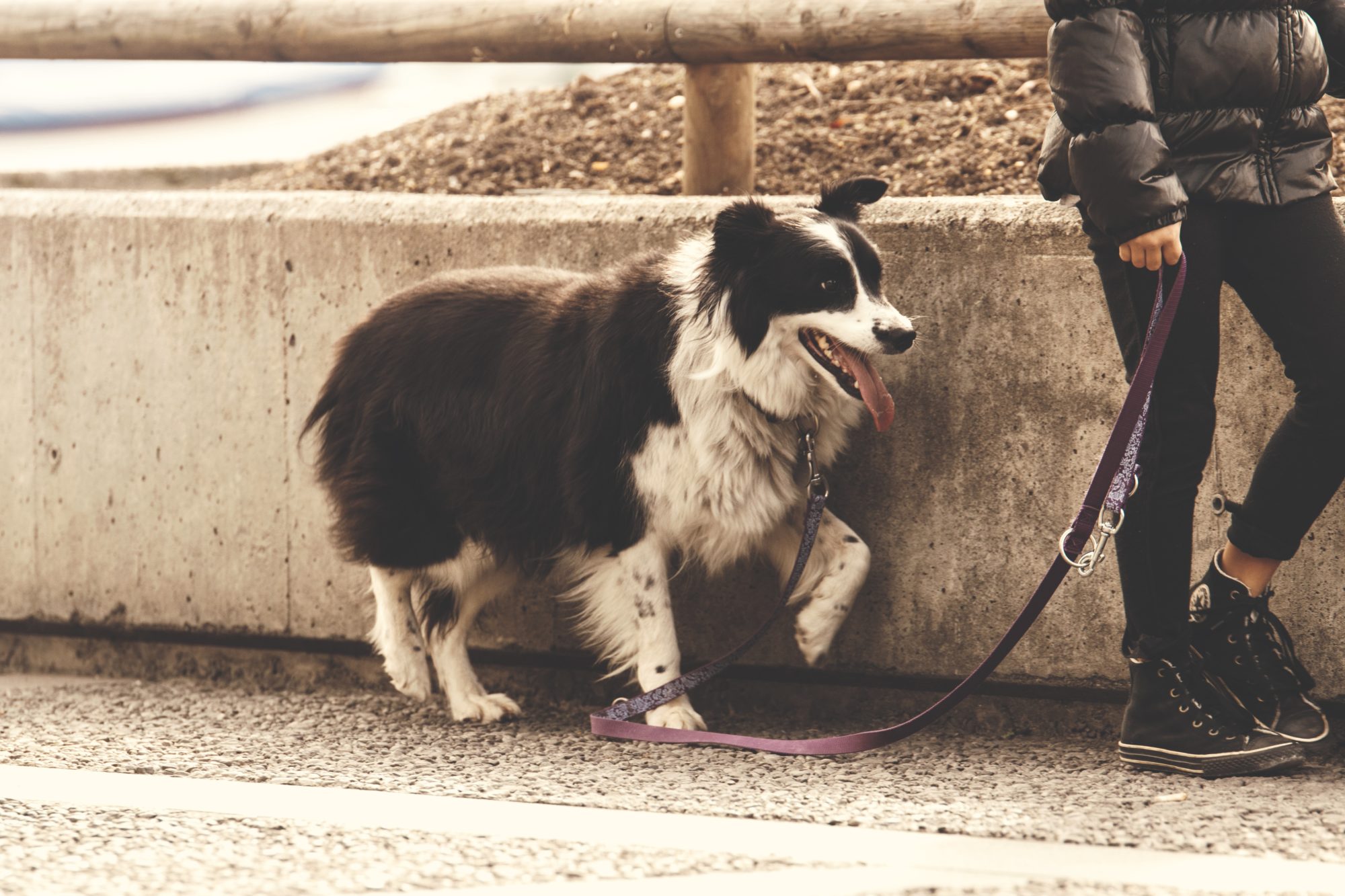Before we begin practicing a new behavior that we’d like to form into a habit, we’ll do well to consciously designate an anchor or trigger for that new habit: something that is the same every time you want to enact it. My evening walk with the dog, for example, is triggered by me leaving my office in the evening and walking into the kitchen to think about dinner, and then ultimately feeding the dog. (So, the time of day is an anchor, as is feeding the dog. After I feed the dog, I always habitually walk him.)
An anchor can be time of day, a different habitual behavior that comes right before your habit (those make good triggers)—even an emotion. For example, when you feel anxious, you may habitually pick at your nails. Or if you feel happy, you may habitually reach for your phone to take a picture. (I’m not suggesting these as good anchors or habits, mind you. Just showing how emotions are often triggers.)
A note about exercise, since so many people make resolutions about that: A general time of day is usually the best trigger, like first thing in the morning, after school, during lunchtime, or before dinner—but it can’t be the only thing that anchors your habit. Once you know generally the time of day when you’d like to do your habit, try to link your activity to an existing behavior or routine.
For example, here is the existing routine I linked my new walking habit to. It’s something that I was already doing before I added a walk into the picture. I leave the office in the late afternoon, walk across the backyard to my house, go into the kitchen, and call out to see who’s home and who’s helping with dinner. I get out the ingredients that need to be prepped for dinner, and then I feed the dog and give my family instructions for how they can help with dinner. That’s right where I inserted a walk: While the dog wolfs down his food, I now change my shoes (which are right near the dog bowls) and get a leash ready. From there, I quickly head out for a walk.
If you’ve got a habit that you don’t want to do every day, choose a trigger that occurs only when you want to do the habit. For example, “Do a thirty-minute yoga video twice a week” isn’t a habit. It’s a to-do item for your task list because there’s no clear trigger and therefore no clear automaticity. But if you work only three days a week, you can use work as your trigger: “Do a thirty-minute yoga video every weekday as soon as I walk in the door from dropping the kids off at school.”
In this free planner (see the “Goals” tab), there is a column to designate your anchor. I like to use BJ Fogg’s After I… Then I will… format (I highly recommend his latest book about habit formation, Tiny Habits). So the anchor for my dog walk is: After I feed the dog, then I will take him for a walk. Easy!
Learn more about successfully forming habits with my free eBook, How to Set a Resolution that Sticks.

